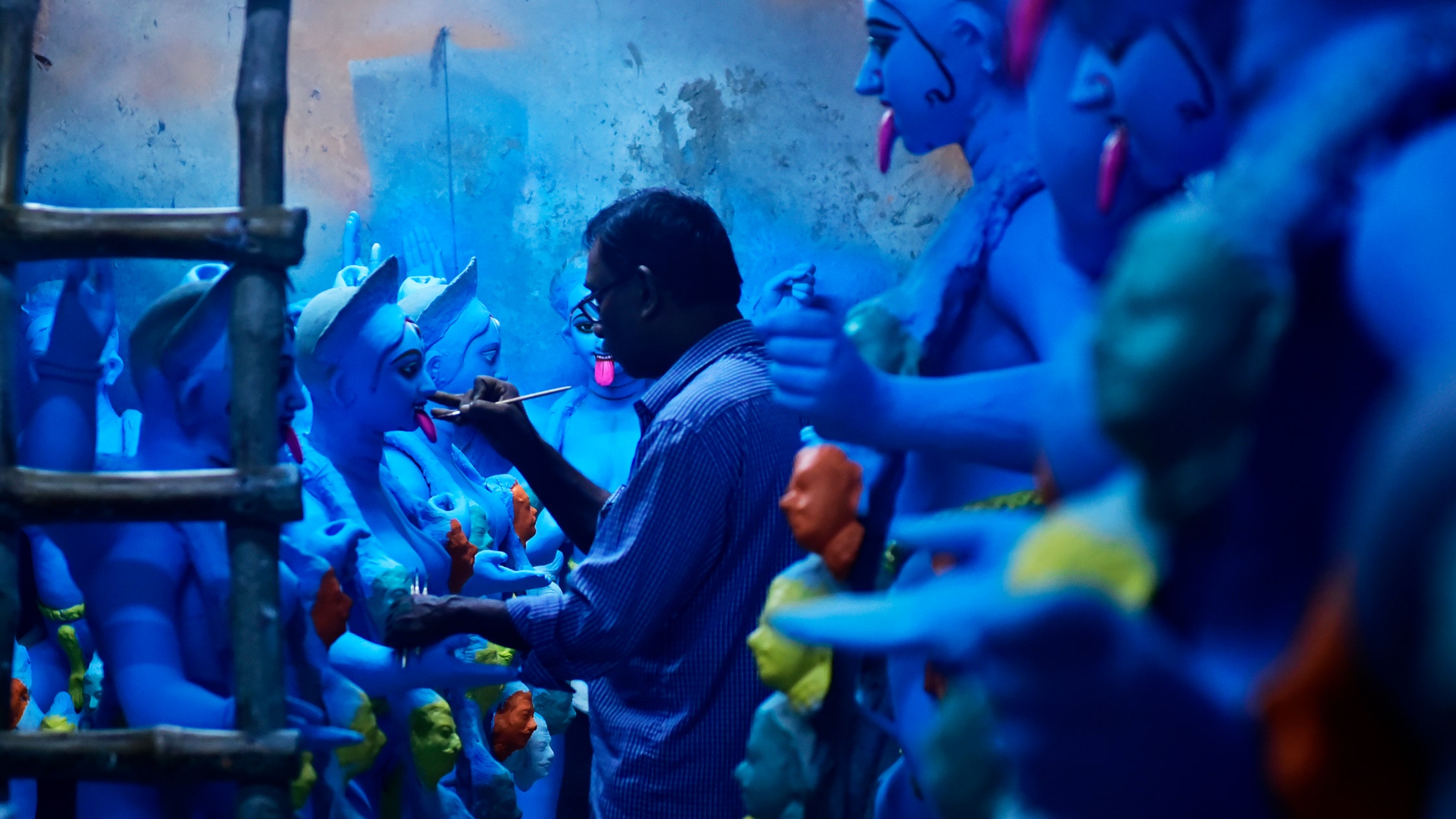Kali Puja and Diwali: Celebrating Indian Culture
Festivals are an enormous part of Indian culture. Regardless of where you reside in India or your religious affiliation, vibrant celebrations throughout the year symbolize and honor the diverse elements of India’s history and culture.
The Significance of Kali Puja
In West Bengal, where I grew up, we were immersed in a rich tapestry of traditions, celebrating festivals from a myriad of religions. Among the most prominent celebrations at the end of the year are Diwali and Kali Puja, both occurring on the same date. This year, Diwali begins on Sunday, 12 November.
Kali Puja revolves around presenting offerings to Goddess Kali, invoking her powers to eradicate evil while seeking blessings for happiness, peace, health, and wealth. Gatherings at midnight are a highlight, where offerings typically include rice, lentils, fish, meat, sweets, and red hibiscus flowers.
Diwali: The Festival of Lights
Returning from the Kali Puja celebrations, the atmosphere shifts to Diwali preparations. Known as the festival of lights, Diwali celebrates the triumph of good over evil and spans five days. These dates are determined by the Hindu lunar calendar and the storytelling around Diwali varies across faiths, including Hindus, Buddhists, Sikhs, and Jains.
Diwali generally celebrates epic victories that showcase the powers of good triumphing over evil. For many families, it is a time to honor Goddess Lakshmi, symbolizing wealth, power, fortune, prosperity, fertility, and beauty.
Preparations and Traditions
I fondly recall my parents’ labor-intensive preparations each year. They would surprise us with new clothes for the Diwali period. My father would buy new kitchen utensils, while my mother prepared her famous Diwali treats. The house would be meticulously cleaned and decorated to embrace the festive spirit.
Our veranda would often feature stunning rangoli artwork, welcoming both Goddess Lakshmi and any guests. After drawing intricate outlines, we would fill these traditional patterns with bright colors using various materials, symbolizing growth, luck, and prosperity.
Conclusion
These festivals are not just a celebration; they embody the essence of our culture, traditions, and communal harmony. The spirit of Kali Puja and Diwali fosters unity and joy, marking an essential aspect of Indian heritage.




